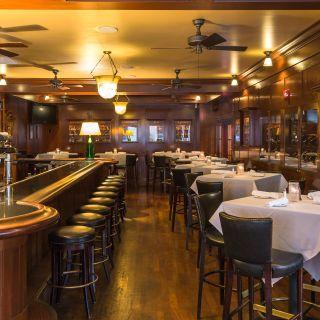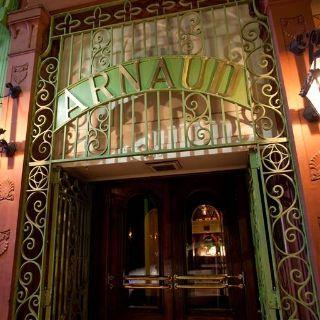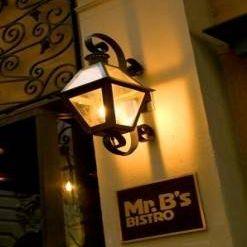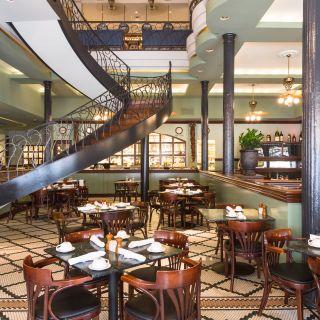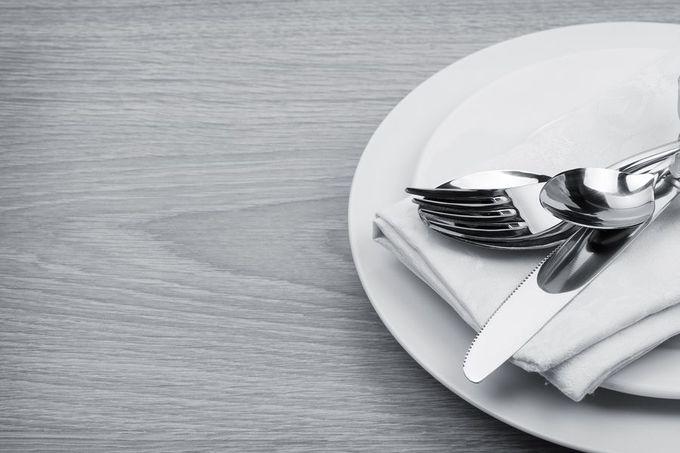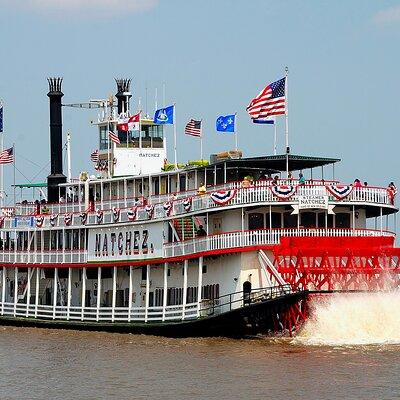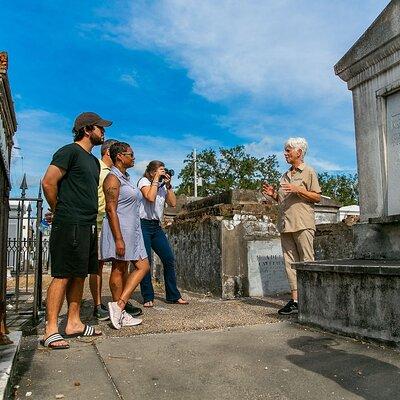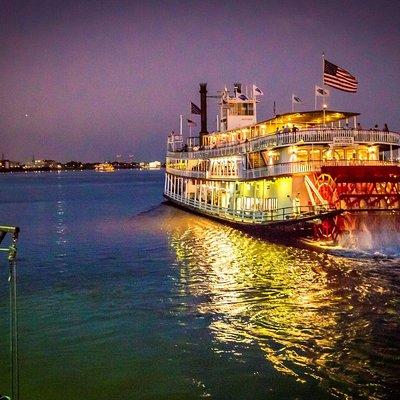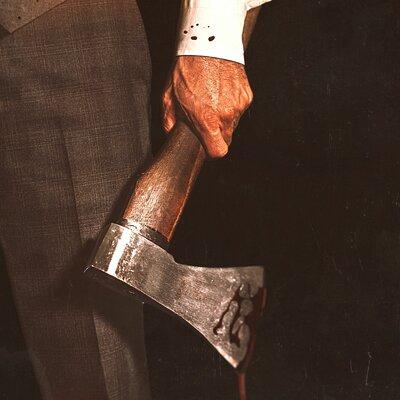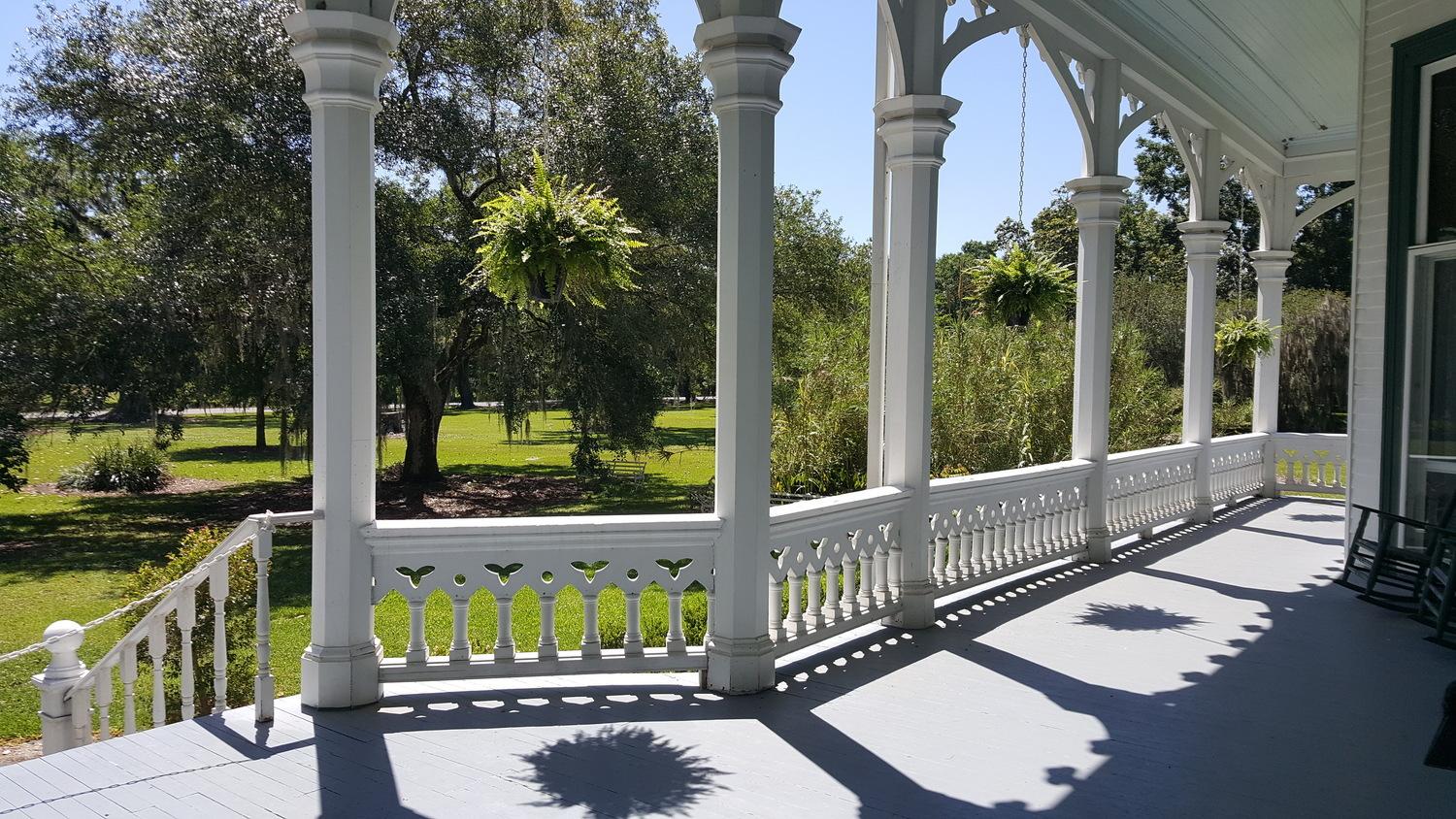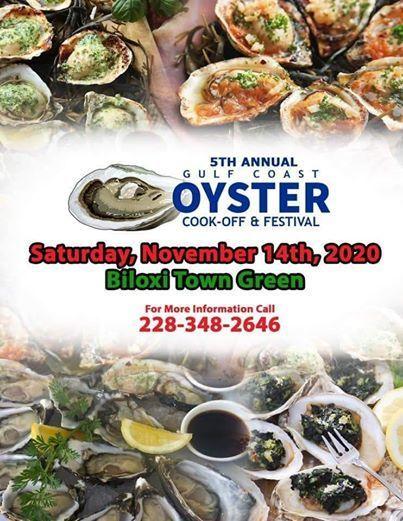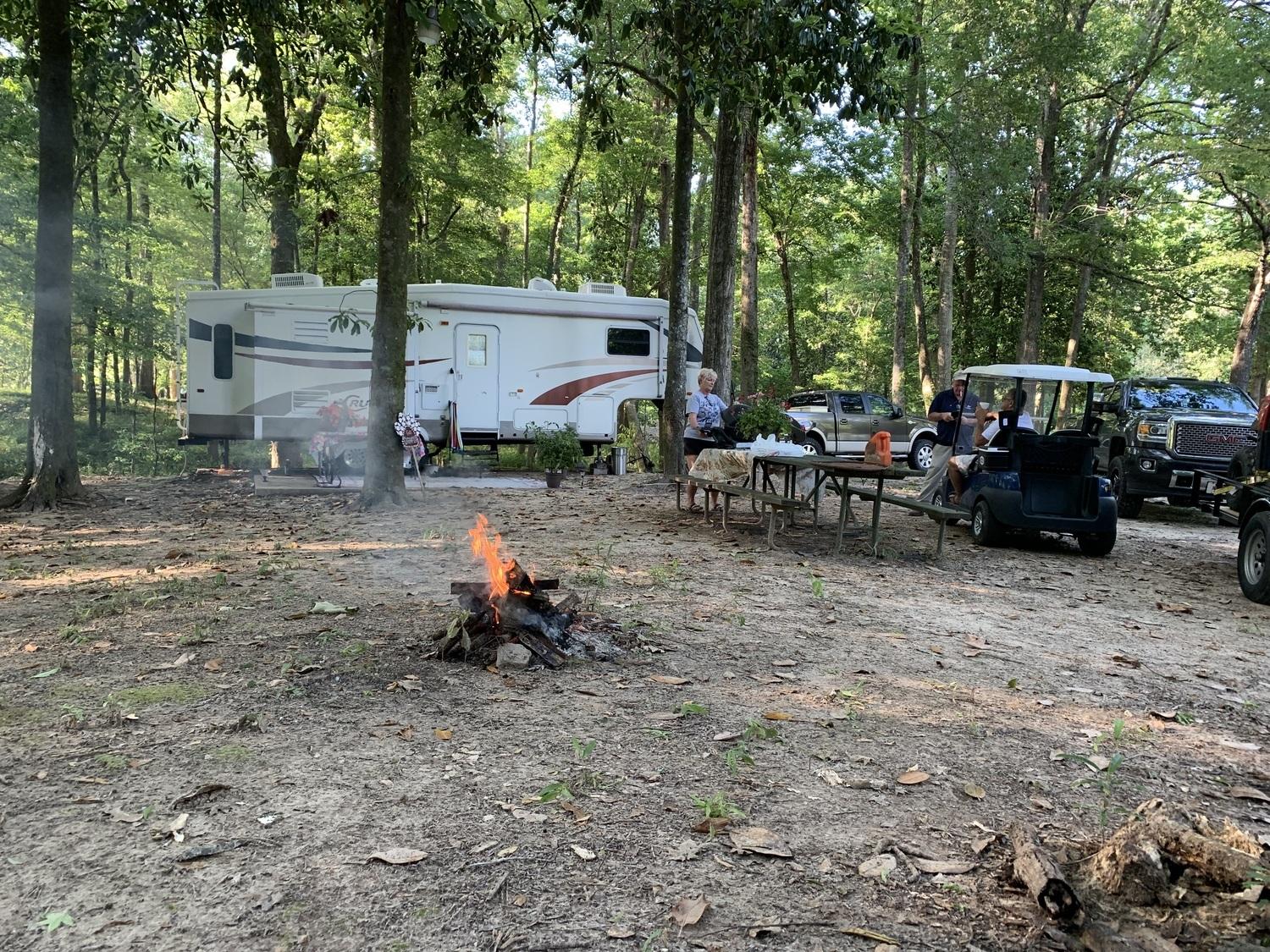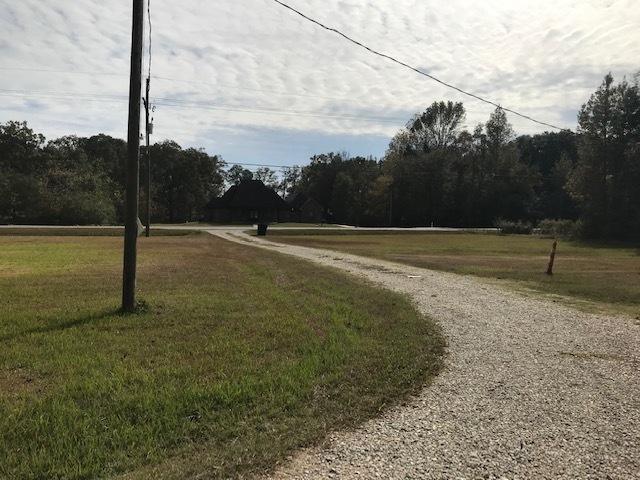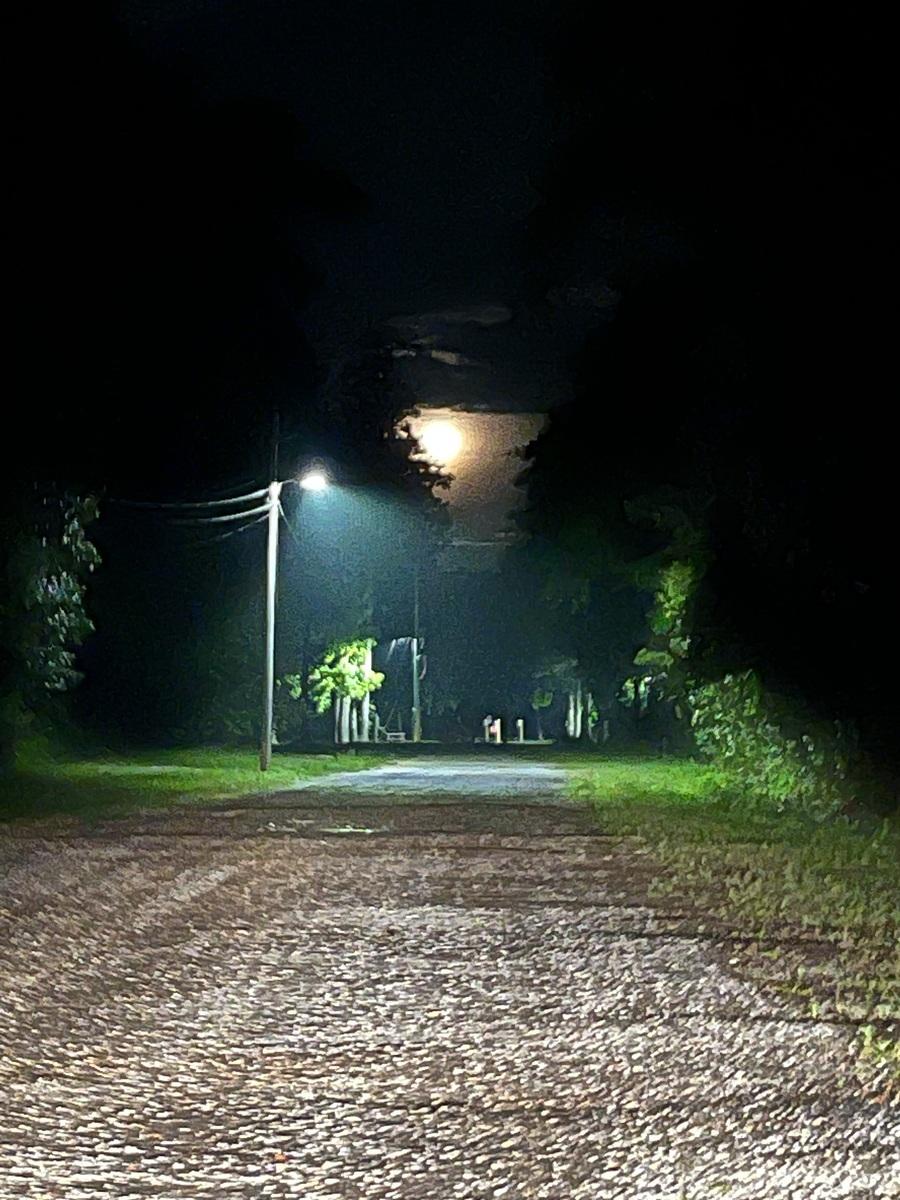
Forever altered by Hurricane Katrina in 2005, New Orleans was once called “The City that Care Forgot,” a nickname that aptly described its bon vivant atmosphere. It was always a melting pot of peoples and cultures, with diversity not merely recognized but celebrated. Out of this eclectic blend of French, Spanish and African influences came jazz, Cajun and Creole cuisines and Mardi Gras. Built in an improbable location—on a swamp in a bend between the Mississippi River and Lake Pontchartrain—the Crescent City nonetheless became one of the largest convention destinations in the United States, with millions of visitors each year. Learn More...


